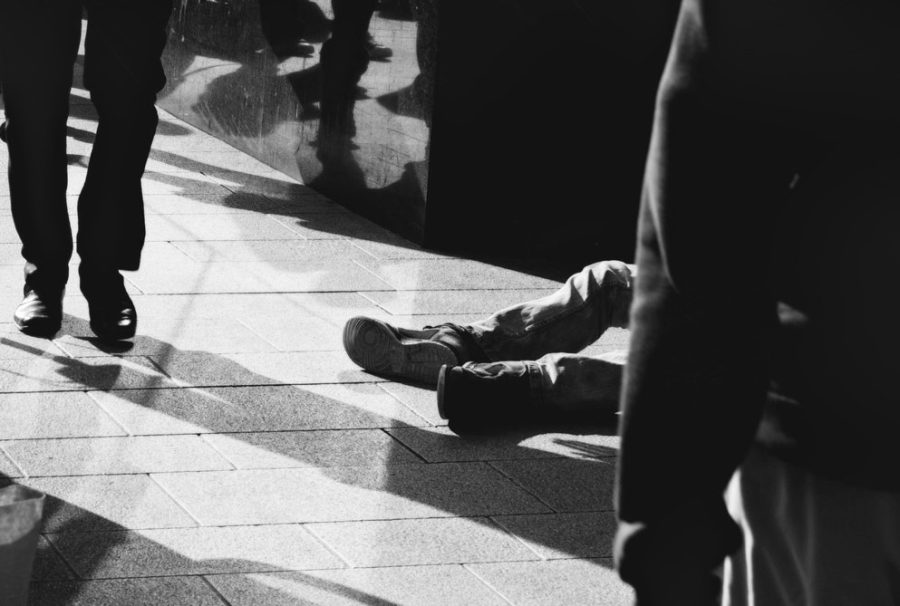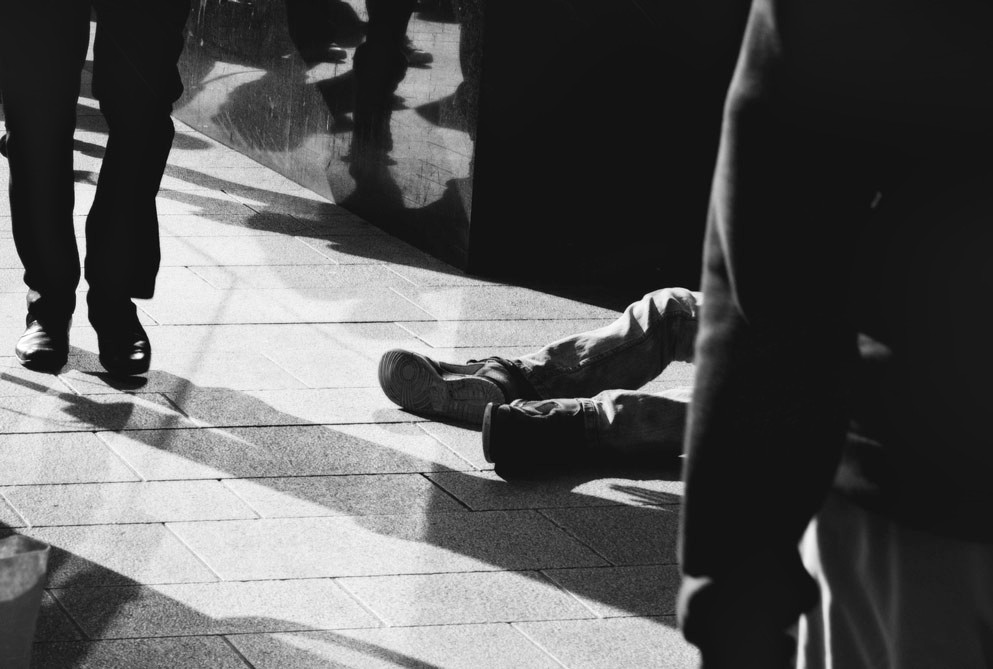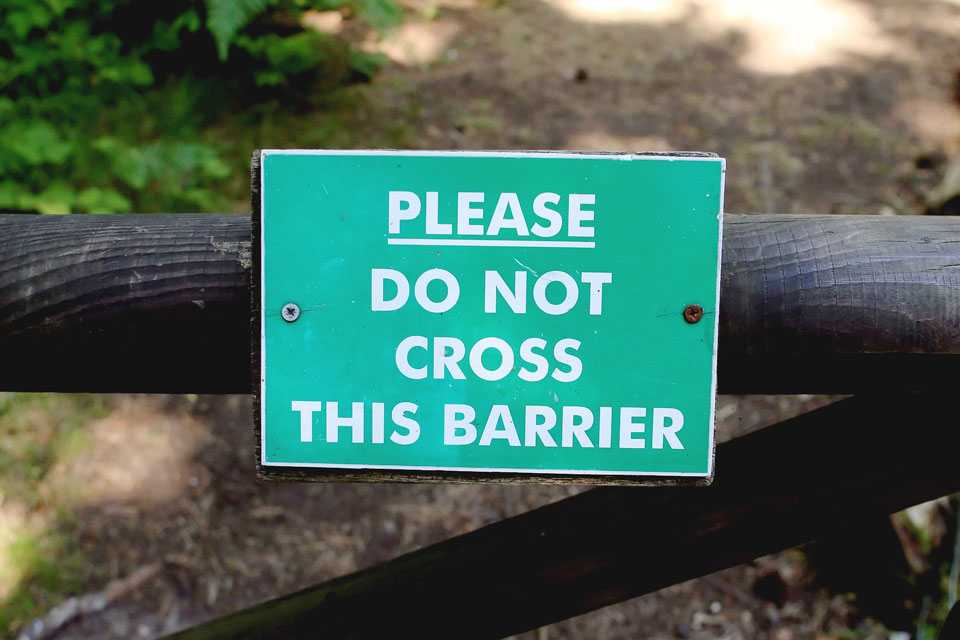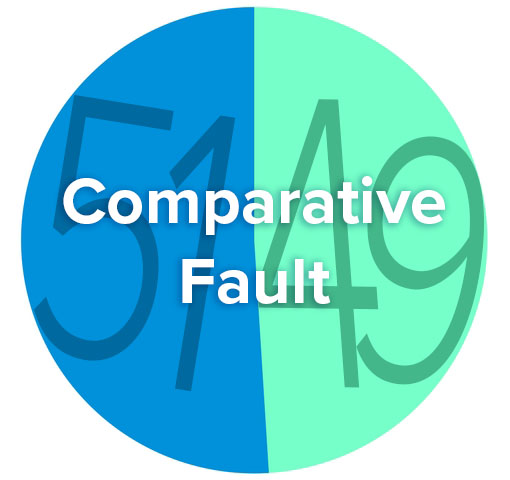How Comparative Negligence Affects Your Slip and Fall Case
He was drunk, he slipped, he fell, and he crawled around on the ground and serenaded horses, but he still pled not guilty to charges of public intoxication. This is a true case that happened in 1894. The man appeared in court with a lawyer who attempted to argue that it was in fact the city […]

June 16, 2017

He was drunk, he slipped, he fell, and he crawled around on the ground and serenaded horses, but he still pled not guilty to charges of public intoxication.
This is a true case that happened in 1894. The man appeared in court with a lawyer who attempted to argue that it was in fact the city that was liable for negligence because the sidewalk was slippery and “even a sober man is liable to slip and fall.”
The result of the case fell in favor of the city after the testimony of four witnesses led to the conclusion that “when one slips and falls and crawls around serenading horses, one is drunk.”
The main factor in the city’s victory in this particular case was their ability to remove the blame of the injury from themselves and instead place the liability on the man. By establishing that the fall was caused by the impairment of alcohol rather than the slippery sidewalk, the man was liable for his own injury.
This is a case of comparative negligence—when one can remove at least a percentage of the liability by placing it back on the injured victim. As a result, injured victims can only recover a percentage of their damages. In the case of the man, 100 percent of the fault was placed on him instead of the city, leaving him unable to claim any damages at all for his fall.
How Does This Affect Your Slip and Fall Case?

In any slip and fall case, it is of utmost importance that you prove the accident was caused by the negligence of the property owner. This is not necessarily proven by the fact that you fell on her property. The property owner may be able to avoid negligence charges if she can prove that you fell because of your own negligence and not because of unsafe conditions the property owner should have fixed or forewarned you about.
When both are true—when the property owner is clearly at fault for failing to address an unsafe condition, but you also are responsible for the reason you fell—it’s a case of comparative negligence.
However, even if unsafe conditions exist, what matters is whether or not the property owner knew about them or could be reasonably expected to know about them. If you knew of the condition and did not alert the property owner or manager, then you could be liable for your own injury. Similarly, if you caused the unsafe condition (e.g., you spilled a drink and then slipped in the puddle you created), you likely won’t be able to hold the property owner responsible.
These factors will be significant when the jury weighs evidence in the trial.
Indiana’s Comparative Negligence Rules

Every state has different rules when it comes to negligence. Indiana falls under the system of “Modified Comparative Fault,” which establishes that each party is held responsible for damages in direct proportion to their responsibility for the injury up to a certain percentage. Indiana is among the 23 states that follow the 51% Bar Rules, which establishes that the injured party cannot recover damages in her case if she is responsible for 51 percent or more of the fault. However, if she is responsible for less than 51 percent, she can expect to recover at least a percentage of her damages.
How to Prove It

With all of these factors involved, asserting negligence in a slip and fall case is imperative and may be difficult to prove. To hold a property owner liable, you will likely have to prove these five aspects of the case:
- The property owner owed the injured party a reasonably safe environment. (This acknowledges a duty on behalf of the property owner to provide a safe environment for people like guests or customers, but not necessarily to people who were injured while criminally trespassing on the property.)
- The landowner did not act in a reasonable way to address a potential or known hazard. (For example, if there was a hazard that was not handled in a timely fashion after the landowner was made aware of it, this could be considered unreasonable.)
- A mistake or breach made by the landowner was directly related to the personal injury.
- The landowner was aware that the particular mistake or break could potentially lead to injury.
- The person who fell sustained actual, real injuries. (Even if you slip and fall due to an unsafe condition the property owner should have taken care of, if you were not injured, then you have no damages that you can claim.)
Proving negligence in your slip and fall case will likely be difficult, especially if the defense can argue that you are somewhat at fault for your own injuries. If you are injured in a slip and fall accident, call Hensley Legal Group to set up free consultation, or contact us online.
Available 24/7
Free Case Review
You won’t pay any fees until we win your case.
It’s easy - you can: